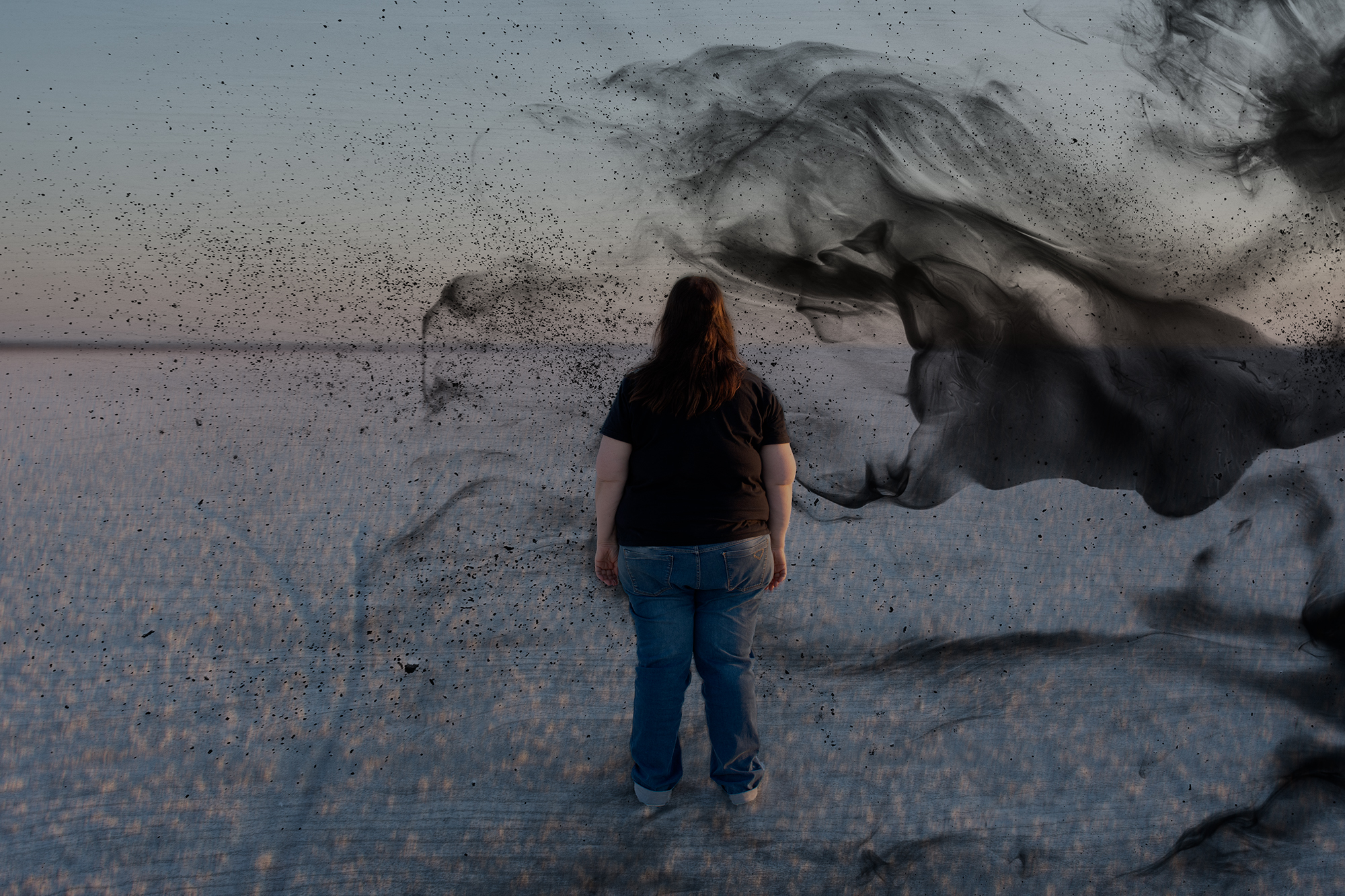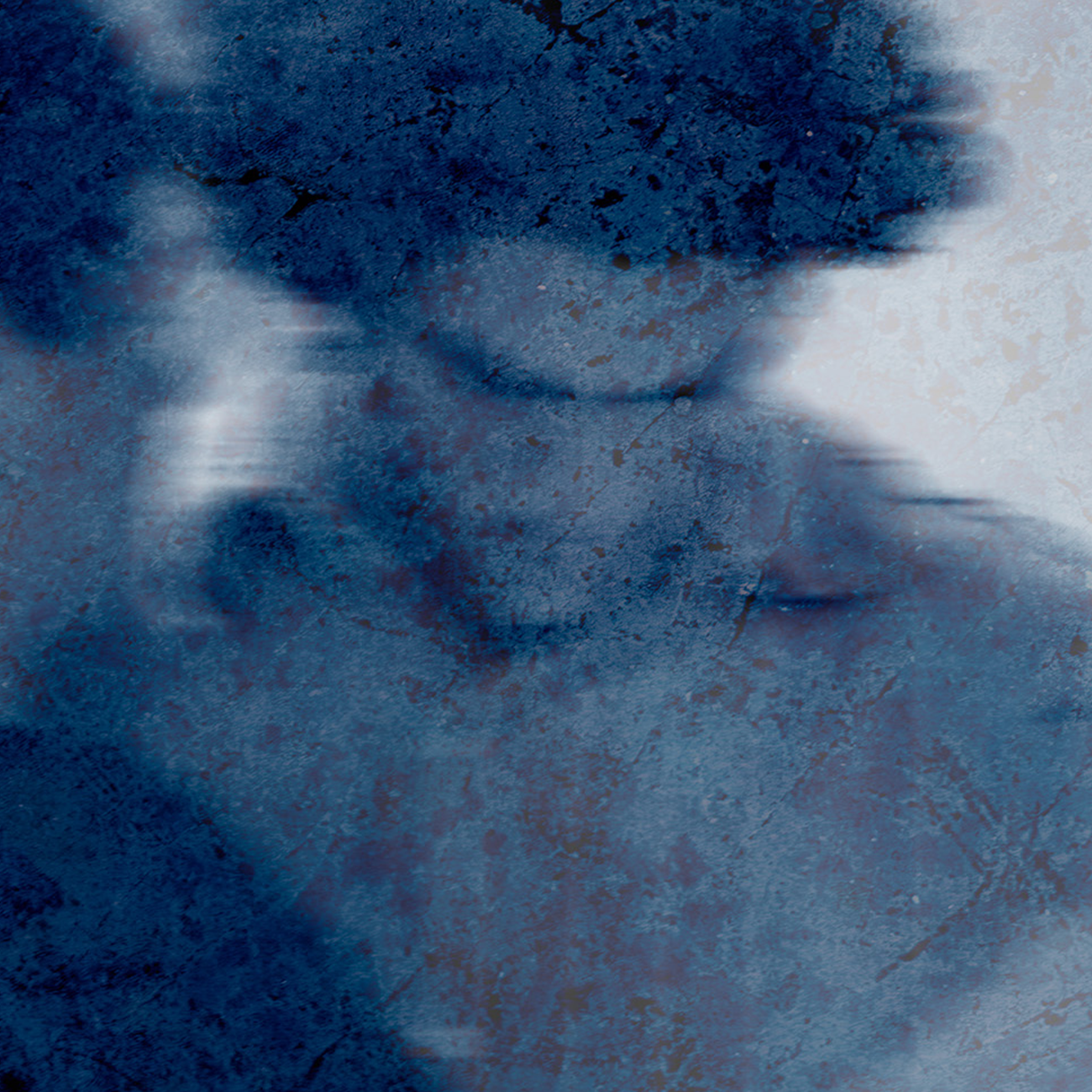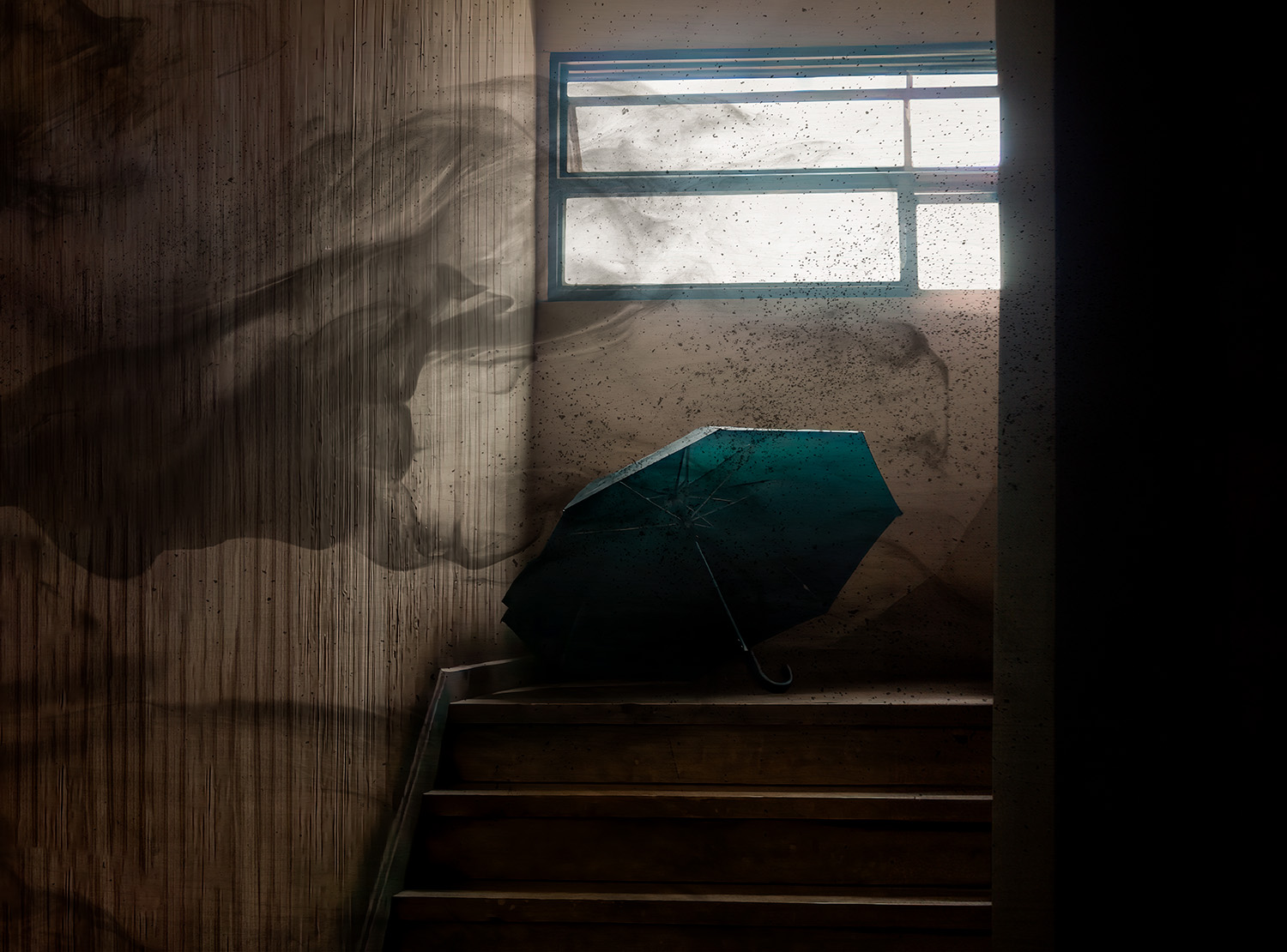Category
Between Body and SpaceJudith’s works
The Loneliness of Bodies
According to Derek Bowskill, more and more people are feeling lonely; their lives consist of proximity without presence, contiguity without contact and familiarity without feeling.
From a more existentialist approach, the way we are perceived also influences our self-perception. From a relentless pursuit of love and acceptance we try to meet the expectations of others, shaping our behavior and even our thoughts to fit in. When this does not happen and there is a deviation between expectation and reality, we generate a feeling of isolation and loneliness. The attachments are also so fragile and superficial that they don’t make us feel less lonely.
To stand with one’s back turned is like the feeling of frustration, with oneself, looking at nothingness, not connecting with one’s own gaze or with the external gazes. A body isolated from others, loneliness as part of the desolate landscape, with no people around.
The use of the locations varies from a wall, an entrance with a gate, a corner as a crossroad, the metaphorical idea of being and feeling directionless with the sadness of existence. There is a feeling of being misunderstood, of not being where you should be, not belonging to the people around you. It appears that you live carrying the weight of the world on your back.
The black smoke interferes with the image as part of that idea where the darkness, the feeling of loneliness, suddenly invades everything, crosses, drowns and envelops the body.
Tango in Blue
A few years ago, in a hospital in Argentina, almost at the end of the world, in a space where people went to heal the body, but in this case, it was to heal aching hearts. We tried to coordinate our steps, as well as the discomfort with our bodies and personal spaces.
In a very personal way, there was ‘D’. Who was he? He was my dance partner, who wasn’t always there. He once said to me ‘excuse me, it’s just that when I leave, it’s very hard for me to come back’, and I wanted to do the impossible, to bring him back, like a kite in the wind.
The impossibility of inhabiting those bodies, those feelings, that space, the contact with the other, and dance, as a mediator to connect those bodies and heal old wounds. The bodies shared warmth and containment. Our teacher created a micro world, a bubble around us. The feeling that we were not so alone, not so broken and that the embrace was sometimes the medicine we most needed and hoped for.
I made this photographic essay as part of a therapeutic process through tango. I emphasized here the gestures, the embrace and the bond that was made during the dance.
The use of blue plays a fundamental role in the narrative of this series, which goes beyond aesthetics; it is a symbol of melancholy, of the sadness in which we were sometimes immersed.



